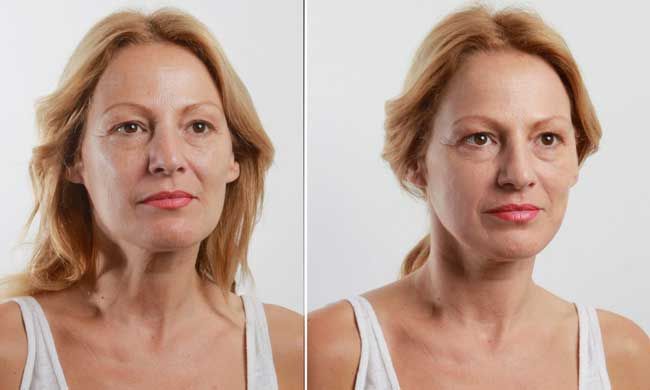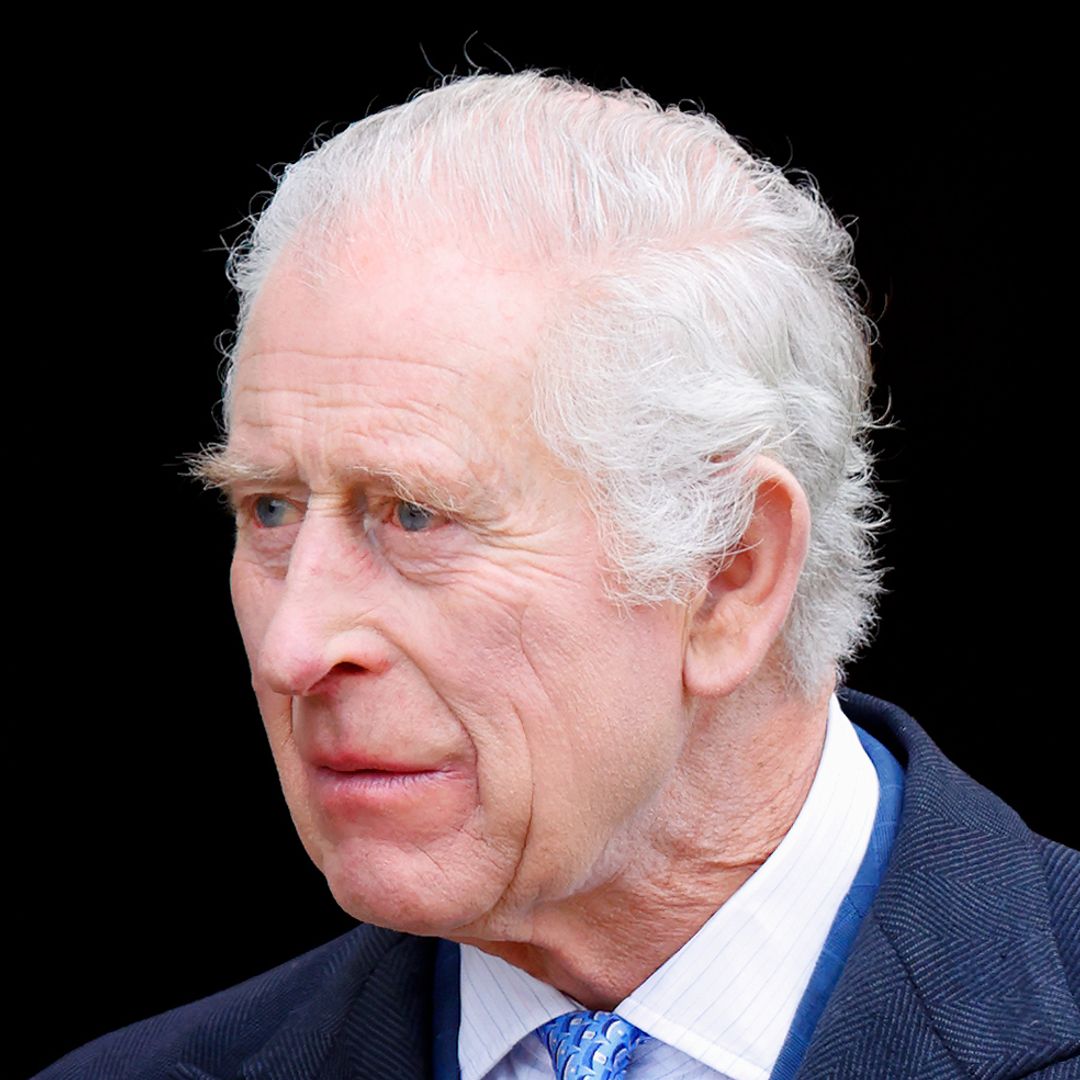Of all the hacks used by actresses in Hollywood’s golden age to look alluring on the big screen — think Marlene Dietrich and Sophia Loren — taping was the star. It involved using concealed sticky tape to pull up skin for an instant lifting effect.
LOOK: Ekin-Su's surgery transformation: see before and after photos
Skip to today, swap tapes for threads and add celebrity fans such as Gwyneth Paltrow and US make-up queen Huda Kattan, and you have a more sophisticated and longer-lasting modern equivalent.
READ: Holly Willoughby's new plumped-up look raises questions among fans
Pioneered in the 1980s with fine gold fibres, thread lifts now use biodegradable material similar to surgical stitches, sewing through the layer of fat just below the skin’s surface and pulling tighter where there’s sagging.
With the right placement, you can recapture a coveted cat’s eye, chiselled cheekbones or a more defined jawline for up to two years.
“Thread lifts are ideal if you’re seeing early signs of jowls and drooping nasolabial folds, but aren’t ready for surgery,” says cosmetic doctor Dr Saleena Zimri at Skin Doctor Clinics in Leeds.
“As we get older, the under-surface fat starts to slide, giving the face a heavier appearance. It’s like a mattress deflating and the sheet not fitting anymore. Inserting and pulling threads upwards slides fat back into place, restoring the kind of lift and shape you used to have.”
Thread lift before and after
The procedure provides a subtle “you look well” result and doesn’t depend so much on age, but on how much fat there is to be lifted.
Thanks to social media, the brow is a popular area to treat, but it’s lacking in fat and Saleena advises that the effect is minimal (around 2mm lift), whereas the lower face and neck garner the most impressive results. “I use around ten threads to create a proper lift,” she says. “But I also have clients who have isolated areas done, such as buccal fat [the apples of cheeks] which only require one or two threads per side.”
You’ll see more defined contours immediately, but there’s a secondary benefit, too. “The threads start to break down after 12 weeks and your body will replace them with its own collagen, and that’s what maintains the lift,” says Saleena.
What are the different types of thread lift?
The most popular threads, such as Silhouette Soft, are made from poly-L-lactic acid (PLLA). They have tiny cones along the length to catch and gather up skin. They also stimulate two types of collagen — type I, which keeps skin youthful and type III, which is more akin to scar tissue, meaning it’s harder.
Before and after Silhouette thread lift at The Cosmetic Skin Clinic
Polydioxanone (PDO) threads, meanwhile, have barbs in place of cones to do the lifting work and create new type III collagen. “Your doctor will advise you, but broadly speaking, PDO threads can be more suitable for areas like the eyes as they create a mesh-like support for crêpey skin,” says Dr Joanna Christou, aesthetic doctor at The Cosmetic Skin Clinic in London. “PLLA threads give more of a directional, structural lift to sagging areas.”
How long does a thread lift take?
The threads run through the fat layer where there are no nerve endings, so you need only a few dots of local anaesthetic or numbing cream. The procedure takes less than an hour, but it’s not a lunchtime treatment.
How long is the downtime with a thread lift?
“At first, the lift will look exaggerated and there will be puckering and redness,” warns Saleena. “You’ll need at least five days for swelling and bruising to disappear.”
Which other treatments work with thread lifts?
Most devotees opt for further tweakments to complement newly restored definition, too.
“After the lift has settled, you can finesse the overall look with fillers or treatments such as Profhilo to enhance the skin quality,” says Joanna.
How much does a thread lift cost?
The cost will depend on how many threads are used, but you’re unlikely to get any change from £1,500. “And if you have very lax skin, a facelift is a better long-term option,” advises Saleena. “But a lot of patients go from having threads to just touching up with injectables or lasers.” Joanna agrees.
“It’s an investment in prevention,” she says. “Having thread lifts from your mid-40s can start to work on the structure of your face in a proactive way. As you won’t have aged in the same way, thread lifts can help delay or even prevent the need for surgery further down the road.”
Like this story? Sign up to our HELLO! newsletters to get other stories like this delivered straight to your inbox.











